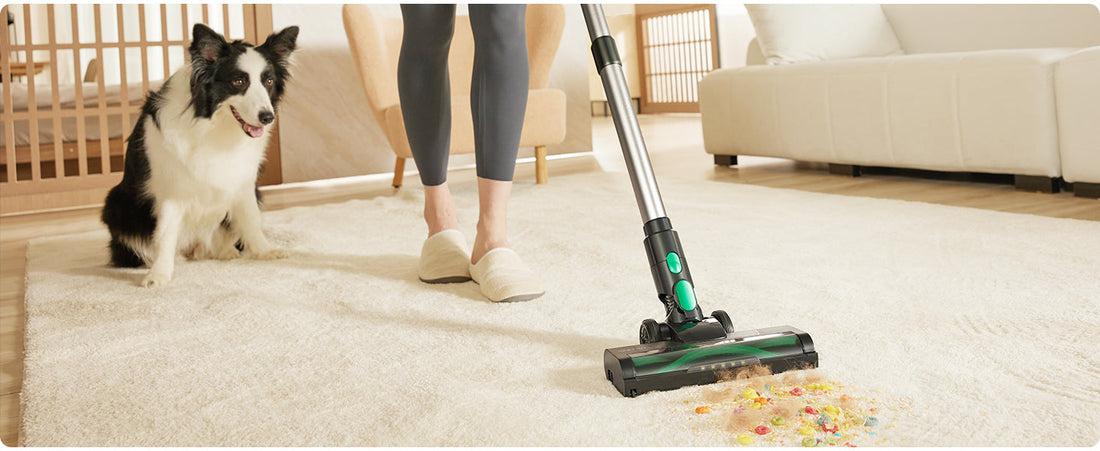

Vintage vs. Modern Vacuums: Are New Models Really Better?
In an era of smart homes and cordless convenience, it’s easy to assume newer is always better. But many households across the UK still rely on trusty classics like the beloved Henry vacuum. So, do modern vacuums like the Dyson digital motor models truly outperform the nostalgic classics? We compare performance, efficiency, design, and value to help you decide whether to upgrade or stick with the past.
The Case for Vintage Vacuums: Reliability & Simplicity
Vintage vacuums—like the iconic Henry vacuum or older Miele cylinder models—have stood the test of time for good reason.
Advantages:
- Durability: Many older models were built with metal components and simpler mechanics, meaning fewer breakdowns.
- Ease of Repair: Without complex circuit boards or software, repairs are often straightforward. Search "vacuum cleaner repairs near me" for specialists who still service these classics.
- Affordability: Second-hand or older models can be found at a fraction of the price of new devices.
Limitations:
- Weight & Maneuverability: Often heavier and less agile than modern cordless stick vacuums.
- Noise Levels: Tend to be louder than contemporary models.
- Filtration: Lacking HEPA filters—a drawback for allergy sufferers.
The Modern Vacuum: Technology & Efficiency
Today’s vacuums—like those with Dyson digital motors or Shark Anti Hair Wrap technology—prioritize performance, convenience, and cleanliness.
Advantages:
- Powerful Suction: Modern engineering, including cyclonic technology and improved airflow, delivers stronger and more consistent suction.
- Lightweight & Cordless Freedom: Cordless vacuum cleaners like the Dyson V10 or GTech AirRam allow quick whole-home cleaning without plug hunting.
- Advanced Filtration: HEPA filters trap 99.97% of particles—ideal for homes with pets or allergies.
- Smart Features: Some models include app control, auto-adjusting heads, or even self-emptying bases.
Limitations:
- Higher Cost: Advanced tech comes with a higher price tag.
- Complex Repairs: Digital components and proprietary parts often mean professional—and costly—repairs.
- Shorter Lifespans?: Some argue modern appliances aren’t built to last decades like their predecessors.
Side-by-Side Comparison
- Feature: Vintage Vacuum (e.g., Henry); Modern Vacuum (e.g., Dyson V11)
- Suction Power: Reliable, may fade over time; Strong, consistent digital motor suction
- Weight: Heavy; Lightweight and ergonomic
- Filtration: Basic dustbag; Sealed HEPA system
- Maneuverability: Limited with cord; Cordless and agile
- Noise Level: Loud; Quieter operation
- Repair Cost: Low; Higher (specialized parts)
- Price: Affordable, even refurbished; Premium investment
Maintenance Matters: Old vs. New
- Vacuums: Often need bag changes and occasional belt replacements.
- Modern Vacuums: Require filter cleaning, battery care, and sometimes software updates.
No matter which you choose, search for "vacuum cleaner repairs near me" for servicing, and always use replacement parts designed for your model.
The Verdict
While modern vacuums offer impressive technology and user-friendly features, vintage models still hold their ground in terms of reliability and repairability. Your choice should depend on your home's needs, your budget, and how you value convenience versus longevity.
Whether you’re team Henry or team Dyson, one thing’s clear: a good vacuum is the foundation of a clean home.
